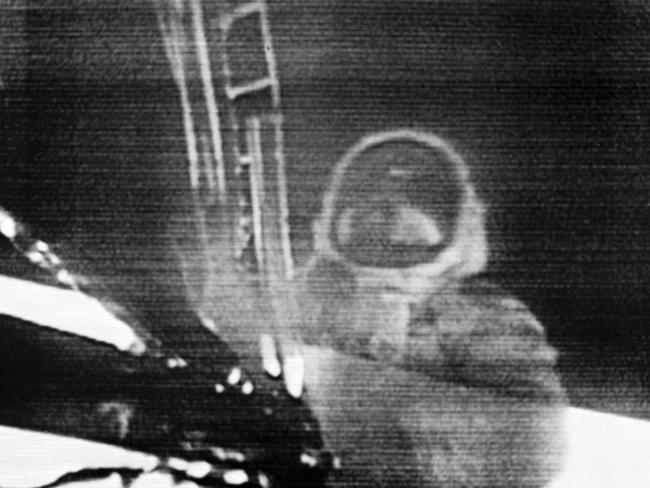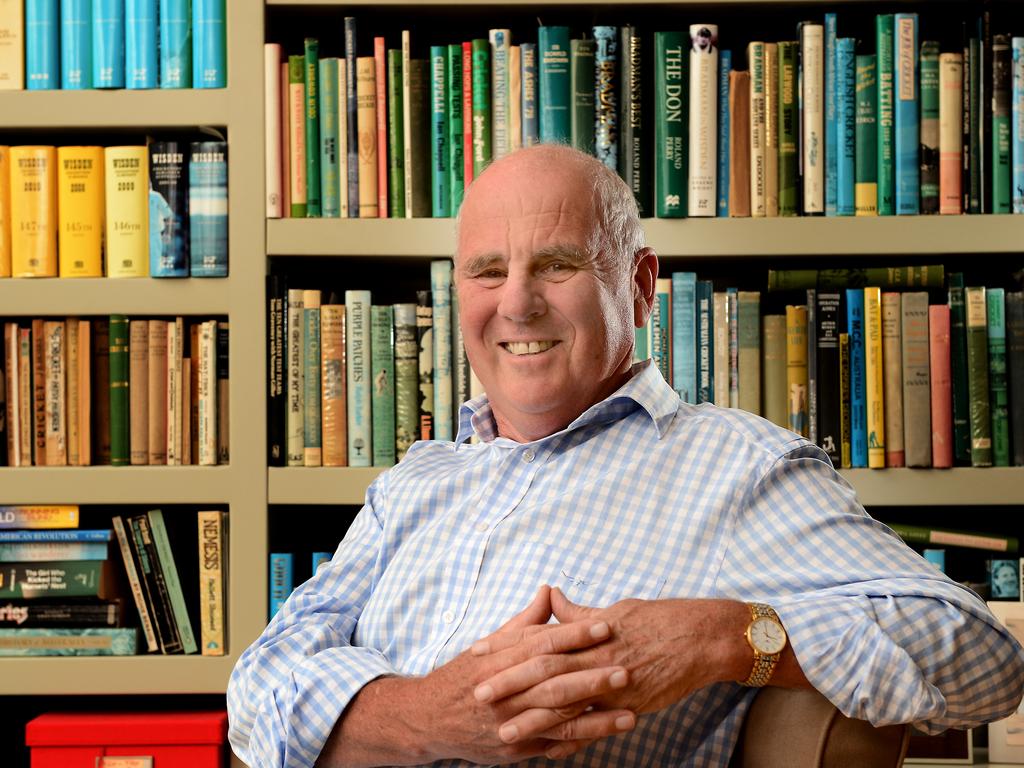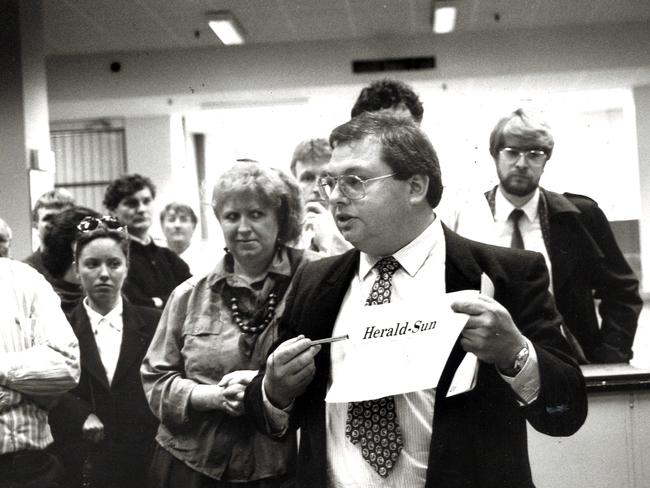Aussie reporters recount covering Apollo 11 moon landing
It was the biggest story of the century but one reporter from Adelaide tells how he still managed to botch one of the most famous sentences ever uttered by a human being.
SA News
Don't miss out on the headlines from SA News. Followed categories will be added to My News.
The Apollo 11 moon landing was the news event of the century – one giant leap in human exploration that united mankind in a celebration of scientific endeavour and awe-inspiring bravery.
An estimated 650 million people – about 18 per cent of the world’s population at the time – gathered around their TV sets in wonder to watch US astronauts Neil Armstrong and Buzz Aldrin become the first men to walk on the moon.
Rex Jory, a senior reporter on Adelaide’s afternoon paper The News, was also monitoring the unfolding events on the newsroom’s scratchy valve radio because it was faster than relying on newsagency copy clattering in from a teleprinter.
How Aussies experienced the moon
The tragedies that led to Apollo 11

“NASA was most inconsiderate when it arranged for Neil Armstrong to walk on the moon in the late afternoon of July 21, 1969, Australian time,” Jory recalls.
“It was right on The News’ final edition time. Printing of the paper was held up so we could rush the story on to the front page.
“The door of the spacecraft opened, the ladder dropped, Armstrong climbed gingerly down the steep steps and set foot on the moon.”
Radio reception was poor but Jory tapped away furiously on an old black Remington typewriter as the moon walk unfolded.
“Each sentence I wrote was snatched from the typewriter by eager sub-editors,” he says.
“Then Armstrong uttered his immortal line: “That’s one small step for man, one giant leap for mankind.”

“I scribbled the words, as I heard them, in shorthand and typed them on to the green copy paper. One quick snatch by a sub-editor and they were rushed to the lino-type operator. All exciting, old-fashioned newspaper drama.”
But there was one problem. Jory got the quote wrong.
“Instead of ‘leap’, I misheard it as ‘step’. I had botched up one of the most famous sentences ever uttered by a human being.
“I forget now whether the mistake actually made the paper or whether, in the tense minutes before the presses rolled, it was somehow corrected.
“Fifty years later it matters little, but it was a privilege to play one small part in the coverage of the first moon landing.”
Over in Perth, Piers Akerman was a cadet reporter on The West Australian newspaper.
He too watched the historic landing in the newsroom before heading out on a bizarre moon assignment.
“When night fell I was sent to the state office building situated on Mt Eliza, overlooking Perth,” Akerman says.
“I was then assigned by the chief-of-staff, Viv Goldsmith, to take the office binoculars – borrowed from the racing desk – to take a look at the moon and see if I could spot the astronauts or the American flag they had planted there.”
The office building’s nightwatchman took Akerman up to the roof, where he scanned the moon but failed to notice anything unusual.

“Feeling I had somewhat failed in my attempt to lend anything to The West’s coverage of this historic event, I returned to the office and filed my sad non-news paragraphs. Nothing to see from here.”
News of the moon landing continued to dominate the media in the days and weeks to come, but there was one important man who missed the live screening of Armstrong and Aldrin’s lunar visit.
As the pilot of the Apollo 11 command module, astronaut Michael Collins was orbiting the moon as millions of others, 384,400km away on Earth, marvelled at the trio’s success.
“I have no complaints except that I’ve no television set on-board,” Collins told reporters days before the launch.
“I’m going to be one of the few Americans who will not be able to see the landing.”
Looking back down on Earth made up for it, no doubt.
Originally published as Aussie reporters recount covering Apollo 11 moon landing



